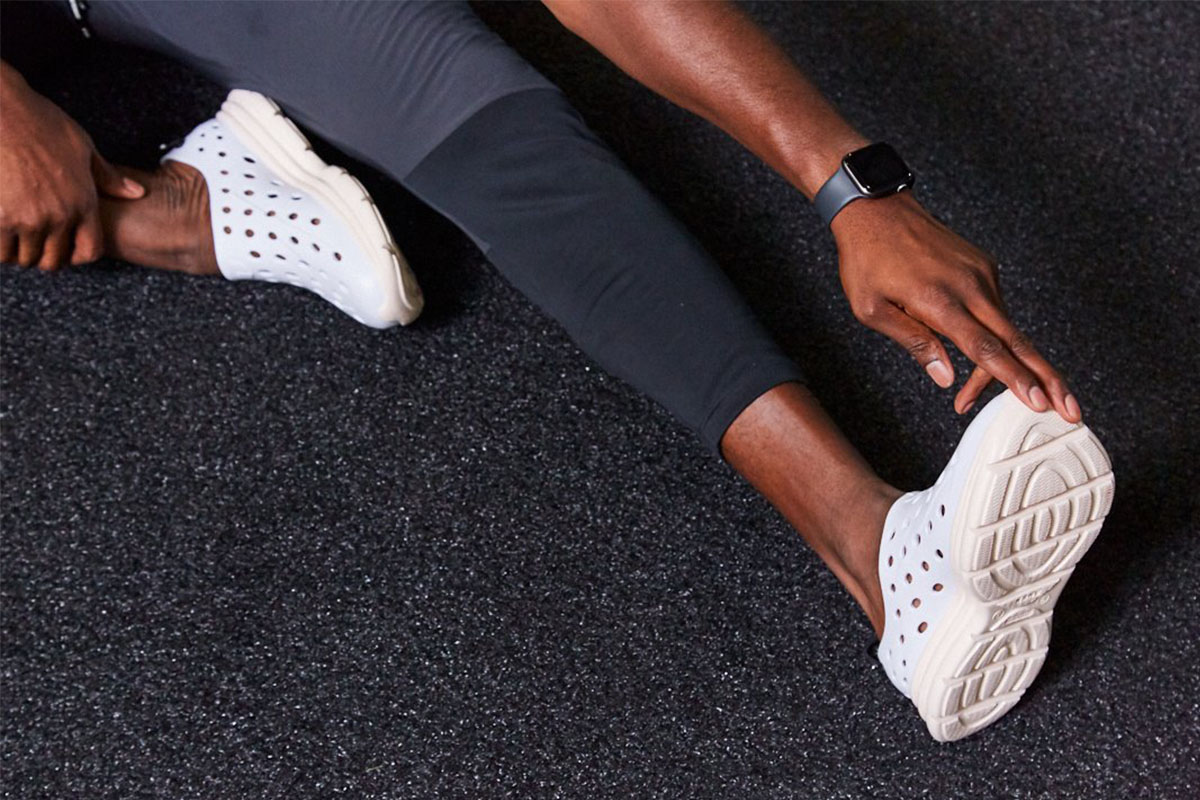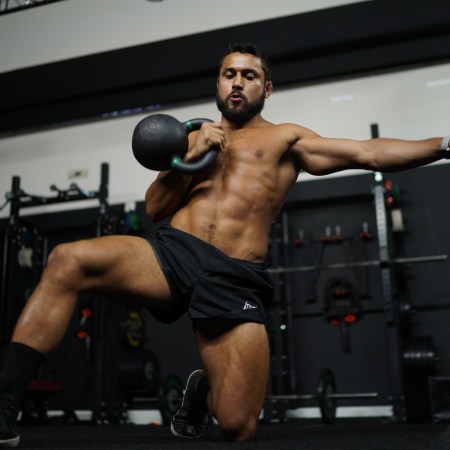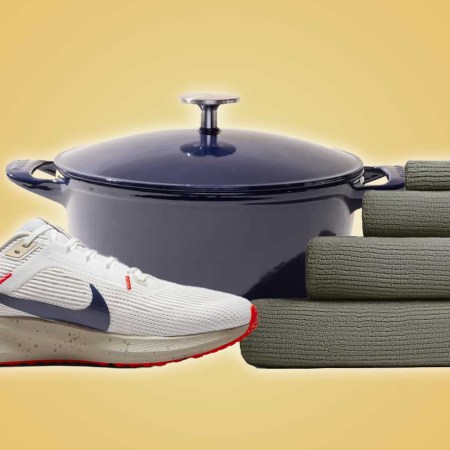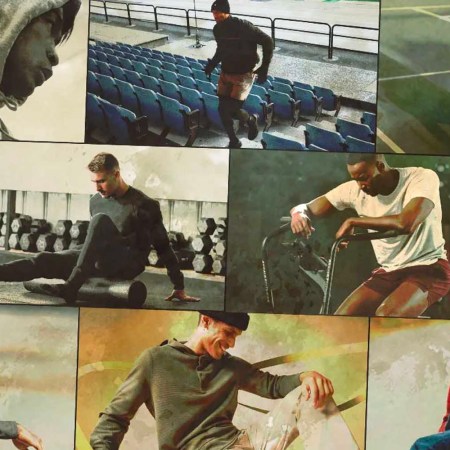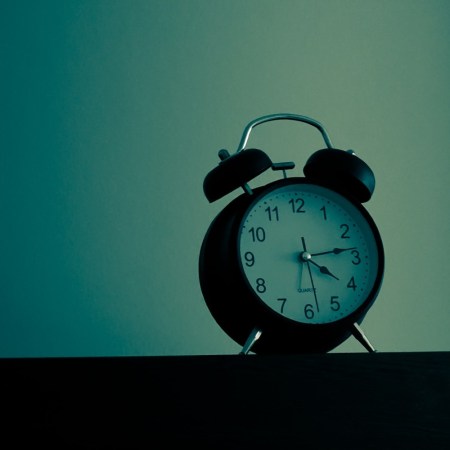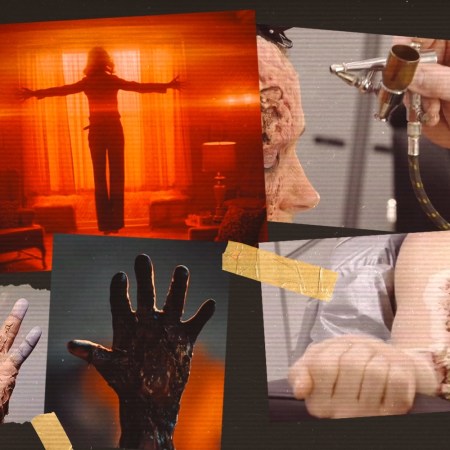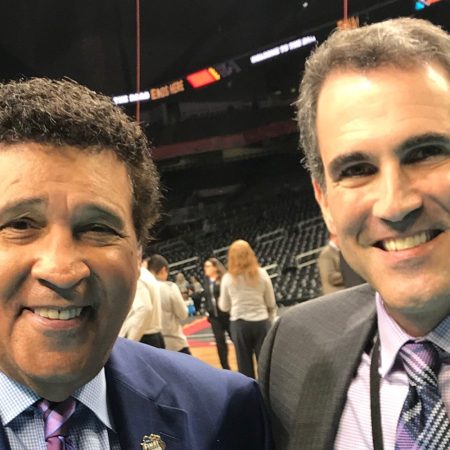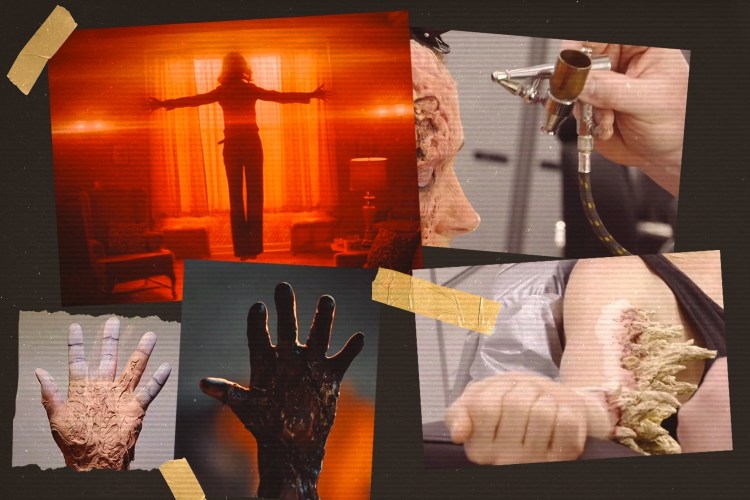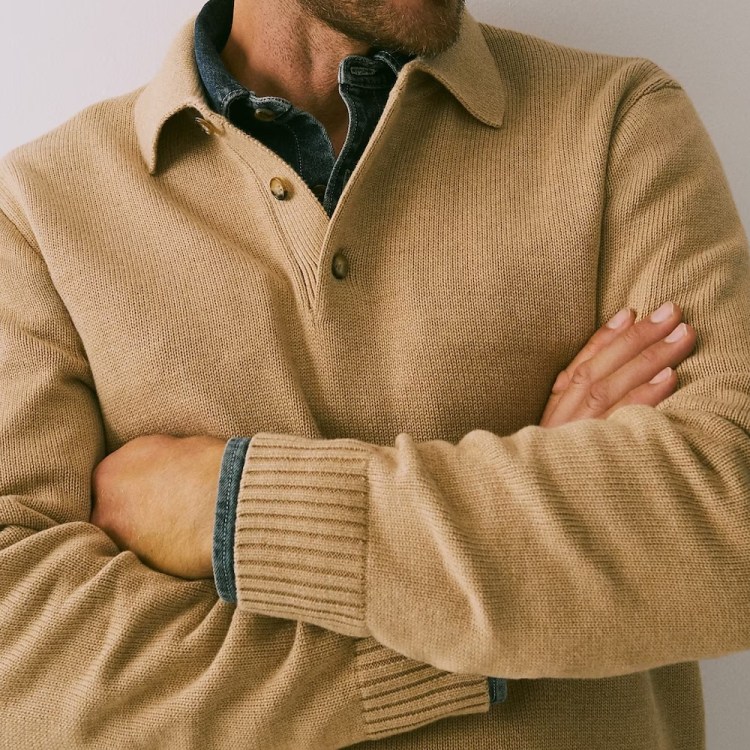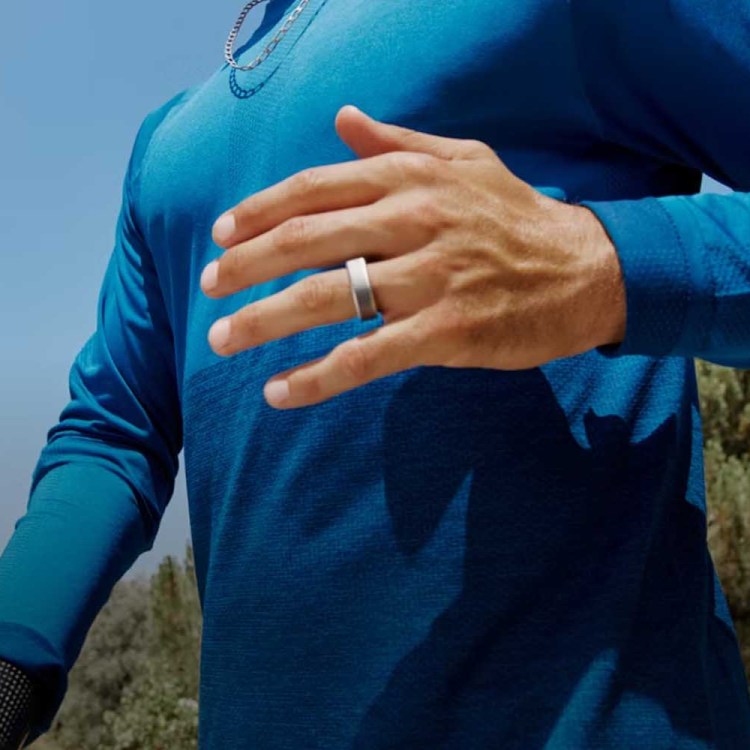Nota bene: All products in this article are independently selected and vetted by InsideHook editors. If you buy something, we may earn an affiliate commission.
We often forget about the impact running can have on our feet. You wake up the day after an eight-miler and your arches are irritated and inflamed, suddenly more painful than the areas (calves, knees, hamstrings) that usually get the lion’s share of stretching and percussive therapy attention.
That burning sensation is plantar fasciitis. Runners arrive at in myriad ways — poor form, improper footwear, overtraining — and at an alarming rate. It accounts for nearly a quarter of all running injuries. This probably shouldn’t be so surprising; as our resident marathoner Becky Wade Firth pointed out in a piece this year, “Feet are shock absorbers …. two to three times our body weight slams into the ground with every step we run.”
For all that recovery fitness has evolved and expanded over the years, it’s pretty amazing that the lowly $3 lacrosse ball is still a vaulted recuperative tool. Rolling the ball under an aggrieved foot is still a recommend method for engaging in “myofascial release therapy,” a process of localizing pressure points and pressing down into them until they soften. Spend three to five minutes on each area, the thinking goes, and you’ll create enough blood flow to either preempt injury, or recover from it.
The only issue with that? Runners tend to “forget” to do things. Especially in the arena of aftercare. Fitting the run into the day is enough of a challenge. Taking time to roll out every part of the lower half is an added ask. That said, there might be a dead-simple solution: recovery footwear. For a few weeks now, I’ve tested a pair of trainers built entirely around the concept of myofascial release, from newcomer Kane.
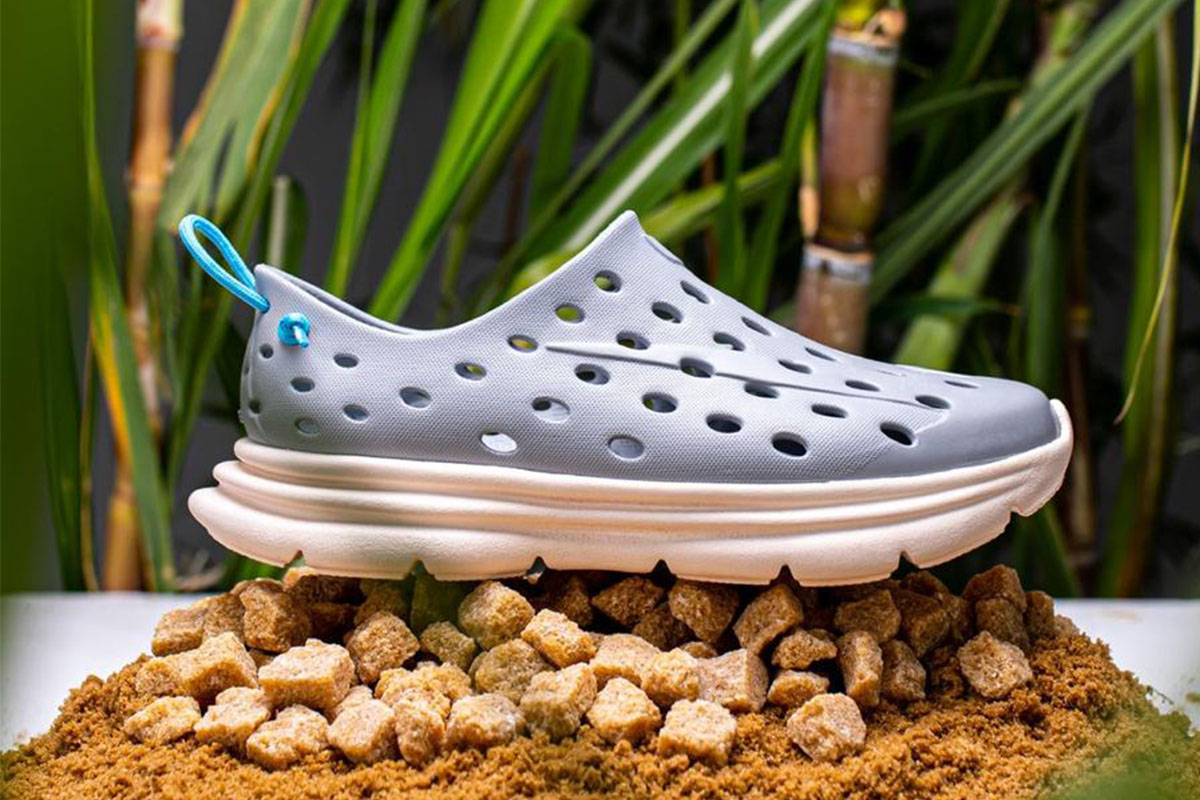
Let’s just get this out of the way — Kane’s “active recovery shoe,” the Revive, does look like a Croc. It’s a very fancy and technical Croc, though. Developed by Dr. Daniel Geller, a Santa Monica-based foot and ankle surgeon, and John Gagliardi, the founder of Maverick Lacrosse (more lacrosse, go figure), the shoe is optimized to knead pressure points in your battered feet. There’s no need to schedule a time for treatment. Just slip them on after a run and let them go to work.
In fact, I’ve actually started wearing them for the entire day after any big lower-half workout (which, for me, means long runs and track workouts, but also weekly games with my intramural soccer team, where 50 minutes of running around in stiff cleats tends to concentrate pain around my heels.) I wouldn’t exactly wear these to the office, but on WFH days, they make for a surprisingly effective and effortless recovery tool.
The insole was made with an eye on restorative orthotics, the 10mm heel allows perfect “heel to toe transfer” while your foot’s in motion and the footbed is peppered with blood-stimulating nodes in all the right places. Keep in mind: at-home trainees sometimes have issues finding the “right” spots in the foot to treat. But Kane’s shoe does the work for you. Elsewhere, the Revive has a grippy, cushioned outsole so you can actually wear it outside (these are great for your daily constitutional) and a perforated upper for breathability.
Oh, and, bonus points also for Kane’s commitment to sustainability. The shoe is made from a sugarcane-based EVA foam sourced in Brazil, and should you ever tired of it, is 100% recyclable. Not to mention: the brand stuck to its Kickstarter promise and registered a membership with 1% For the Planet .
Choose between 12 different colorways here. The brand recommends sizing down, which I can confirm is the right move. You want these to fit nice and snug, and the pull tab at the heel will make sure you can lock in and get your feet on the road to recovery.
We've put in the work researching, reviewing and rounding up all the shirts, jackets, shoes and accessories you'll need this season, whether it's for yourself or for gifting purposes. Sign up here for weekly style inspo direct to your inbox.
